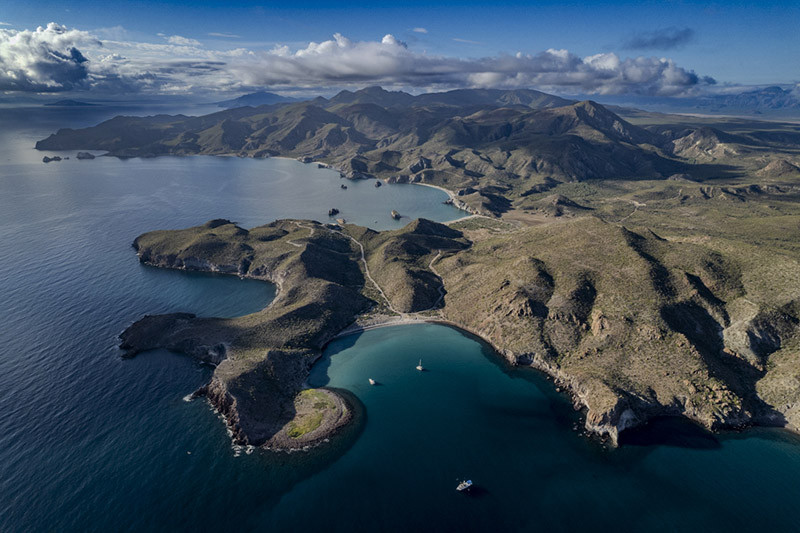A new approach to marine conservation has been proposed by a team of researchers: the Marine Prosperity Areas (MPpAs), a model that seeks to balance the ecosystem recovery with the economic development of the coastal communities.
Led by Octavio Aburto Oropezaof the Scripps Institution of Oceanography from the University of California at San Diego, the study published in Frontiers in Marine Science presents a comprehensive framework that combines strategic financial investments with the ecological restorationallowing both people and the oceans to thrive.
In a statement, the Scripps Institution of Oceanography emphasized that the MPpAs model is based on three fundamental pillars:
- Community Engagement and Co-Design, which seeks to involve the community in the definition and planning of sustainable strategies for the use of marine resources.
- Capacity Building, Governance and Infrastructure Development, focused on strengthening community capacity, establishing legal frameworks and creating the necessary infrastructure for project implementation.
- Monitoring, Implementation and Co-Management, which ensures collaborative management based on scientific data, allowing for continuous improvement of the model's impact.
Unlike other conservation schemes, which require immediate economic sacrifices with long-term benefits, this approach seeks to generate sustainable opportunities for communities from the outset.
"Conservation often requires sacrifices today for benefits decades into the future-an unrealistic expectation for communities facing immediate socioeconomic pressures. Our model for Marine Prosperity Areas addresses this challenge, outlining how human prosperity can be enhanced while we await ecological recovery. By strategically aligning recovery efforts, it is possible for both people and ecosystems to thrive," said Aburto Oropeza.
For example, in areas with high tourism potential, the MPpAs could boost the ecotourism by supporting local diving and snorkeling businesses. In other areas, projects could be encouraged to sustainable aquaculture or the construction of artificial reefs.
Success stories and future vision
The model is inspired by previous experiences such as that of the Cabo Pulmo National Parkin Baja California Sur, where a community-led conservation initiative succeeded in restoring the marine ecosystem and strengthening the local economy. Similar cases in El Manglitoin La Paz, Baja California Sur, and Santa Maria BayThe results of the study in Sinaloa have shown that community participation and adequate funding are key to conservation success.
The MPpAs framework also responds to the challenges of traditional marine protection efforts, where lack of resources has made it difficult to integrate communities into conservation. By prioritizing social and environmental investment together, this strategy offers a viable pathway to achieving the global 30×30 goal, which seeks to protect 30% of the oceans by 2030.
"The concept of Marine Prosperity Areas can help us bridge the gap between environmental and social outcomes. It gives us the opportunity to understand that nature and people are inextricably linked and, as such, a marine management plan should seek outcomes for both," said Alfredo Girón Nava, co-author of the study and Scripps Institution of Oceanography alumnus, who now serves as head of the World Economic Forum's Ocean Action Agenda and Friends of Ocean Action.
The authors of the study called on governments, NGOs and local stakeholders to promote this model as a cornerstone of global conservation, considering that, as a whole, the proposed framework of the Marine Prosperity Areas offers a hopeful vision in which thriving ecosystems and flourishing communities can coexist, restoring the link between people and the sea.
Additional co-authors of the study include Erica Ferrer, UC Santa Cruz; América Ávalos Galindo and Claudia Núñez Sañudo, Coppel Foundation; Fabio Favoretto, Scripps Institution of Oceanography; Isabel Mendoza Camacho, SUCEDE Sociedad en Acción Sinaloa; Marisol Plascencia de La Cruz, Center for Marine Biodiversity and Conservation in Mexico; and Alejandro Robles González, NOS Noroeste Sustentable.


